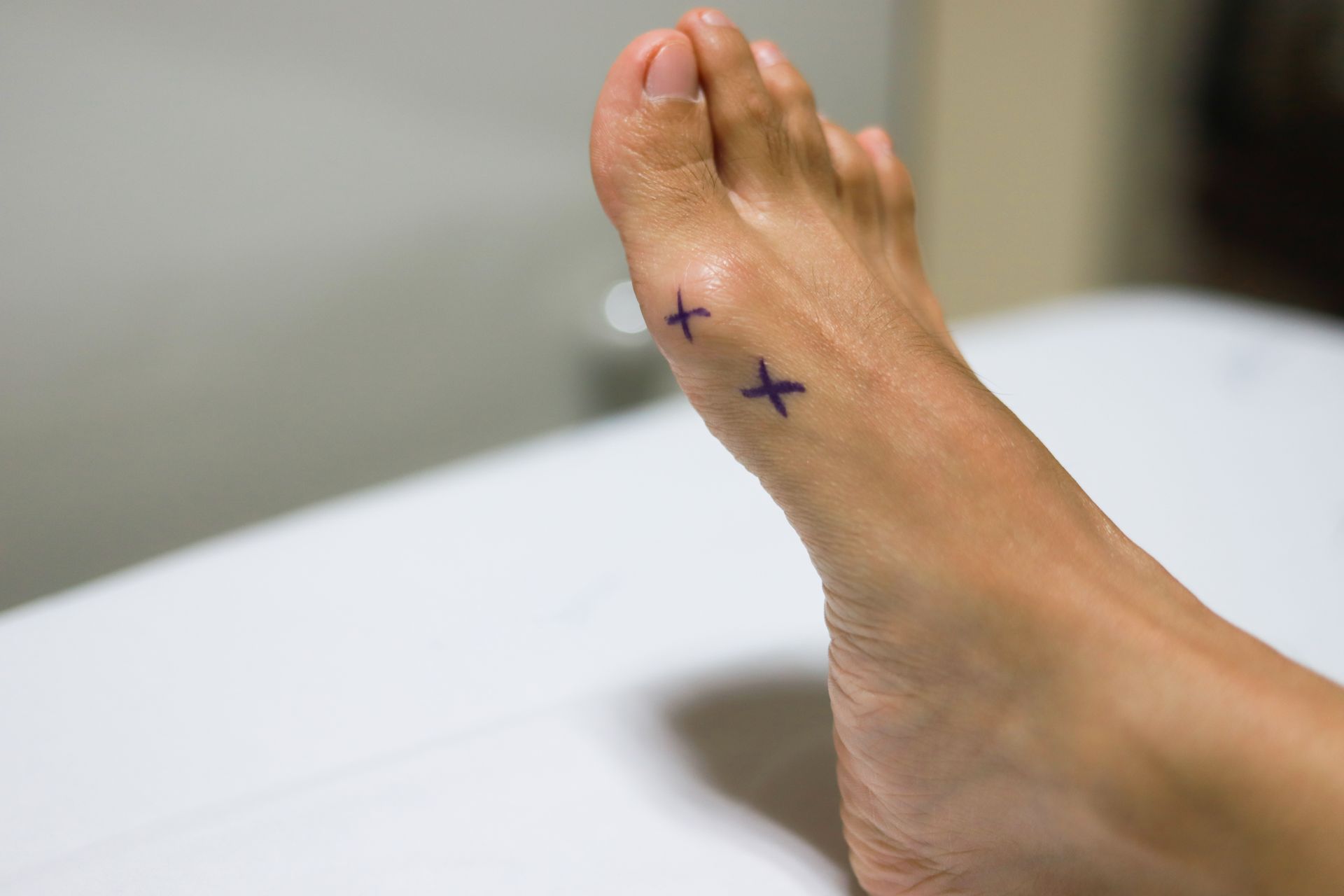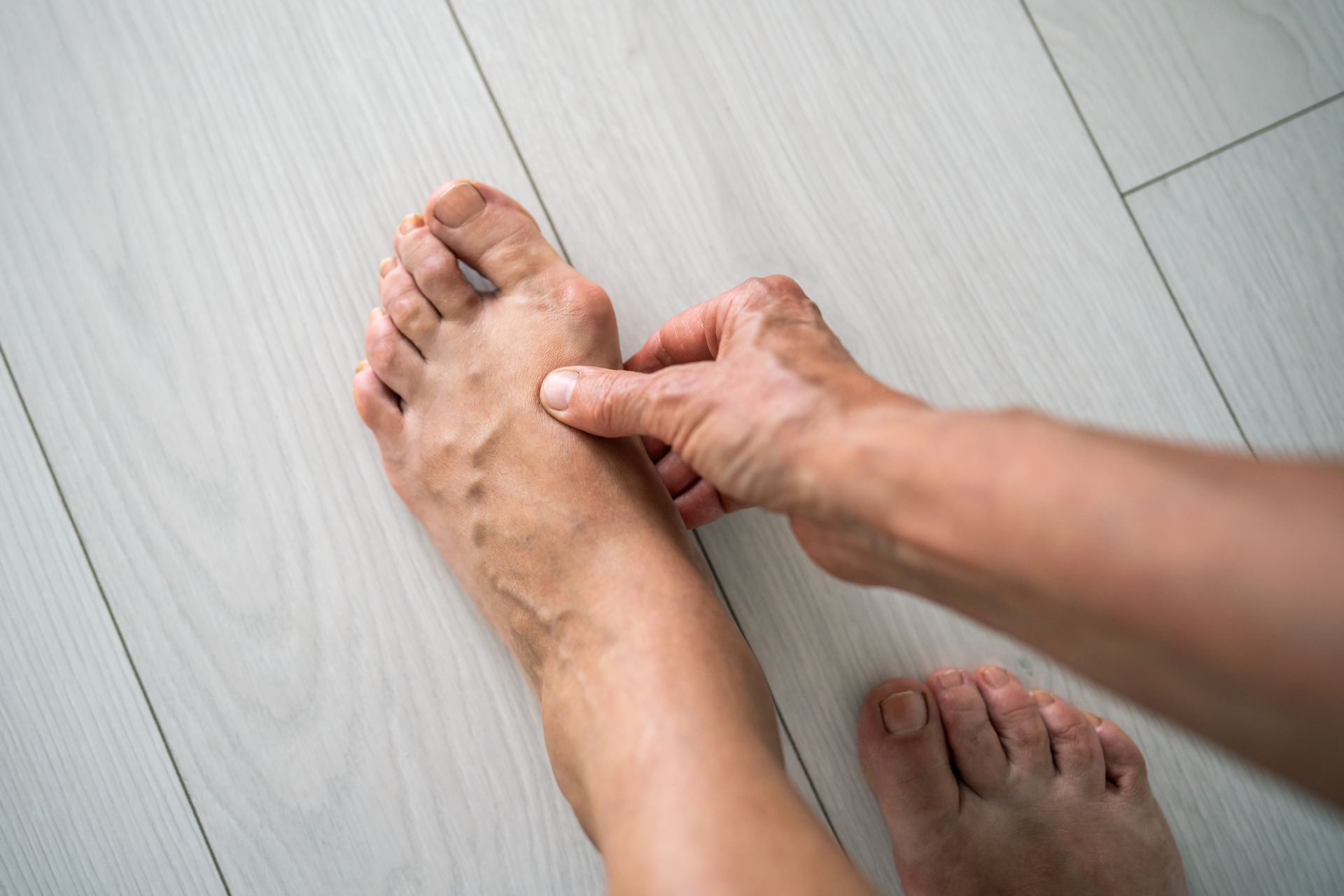What Baton Rouge Patients Need to Know about Ankle Tendinitis
Tendinitis is a commonly seen ankle injury, particularly in athletes such as runners. Characterized by inflammation of the tendons, it can lead to symptoms such as stiffness, swelling, and pain. Below are several of the details patients should know regarding ankle tendinitis, how it occurs, and its various forms:
What is a Tendon?
Before diving into tendinitis itself, let’s begin at the source: tendons. Tendons are ropes that originate from a muscle and attach to a bone. They are dynamic, mobile, and can stretch and glide. When a skeletal muscle contracts, it pulls on a tendon which then moves a bone or a joint. An example is the Achilles tendon. This tendon originates from the calf muscle and attaches to the back of the heel bone. When the calf muscle contracts, the Achilles tendon pulls, the foot pushes downward, and the body moves forward.
What is Ankle Tendinitis?
The suffix “-itis” indicates inflammation. Ankle tendinitis is the inflammation of one or more the tendons crossing the ankle joint. This can be from an acute injury (fall, twist, sprain ) or from overuse. It can also be caused by poor conditioning and increase in activity that occurs too quickly. Although there are numerous tendons that support and stabilize the ankle joint, there are a few tendons that account for the majority of ankle tendinitis injuries: the posterior tibial tendon, the peroneal tendons and the Achilles tendon.
Posterior Tibial Tendinitis - This is a big name for a common problem. The strange sounding name is just a geographic term. Anterior means front of the body, and posterior means back of the body. The tibia is the big leg bone on the inside of the ankle. And, tendinitis is inflammation of one of the supporting structures of the ankle. So, posterior tibial tendinitis is inflammation of the supporting tendon that originates from the back of the lower leg or tibia. This tendon is one of the most important stabilizers of the arch. Posterior tibial tendinitis is most common in patients with low arches or flexible flatfeet. Flattening of the arch places increased pull and strain along this tendon. Rapid increasing in certain activities, generalized wear and tear, and poor shoe selection are frequent culprits for posterior tibial tendinitis, which is also called Posterior Tibial Tendon Dysfunction (or PTTD). This condition is not usually an acute injury from a fall, twist or sprain.
Peroneal Tendinitis - Everyone has a pair of tendons on the outside of the ankle called the peroneal tendons. These tendons run along the outside of the ankle and support the ankle from rolling inward. In chronic overuse instances, these tendons are affected by a high-arched (Cavus) foot type. Unlike the posterior tibial tendon, the peroneal tendons are frequently injured in acute sprains, falls or stepping in a hole.
Achilles Tendinitis - The Achilles tendon is under significant stress and tension during physical activities. This can be chronic, longstanding overuse or a sudden increase in physical activity. This tendinitis can range from mild to severe. Firm arch support combined with calf and hamstring stretching are good first-line options for this condition. Physical therapy, anti-inflammatory medications, and immobilization in a walking boot can be helpful in recalcitrant cases of Achilles tendinitis.
These conditions are very treatable, often with non-surgical methods. The best treatment will depend on the patient’s foot type, the cause of the condition, and the patient’s long-term functional goals. Treatment begins with a foot and ankle examination by an expert in ankle tendinitis. X-rays do not actually show tendons but are often helpful with ankle tendinitis because they show bony detail and alignment. In some cases, specialized studies such as an MRI are utilized to confirm diagnosis and the extent of the injury.
If you fear that you may have injured an ankle tendon, contact my office to request a consultation . Once a diagnosis has been confirmed, we can determine the most appropriate treatment approach to help your ankle heal quickly.


